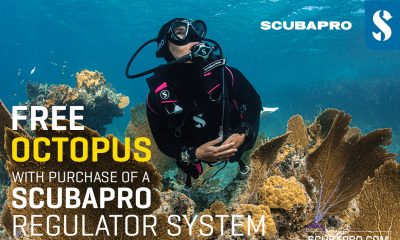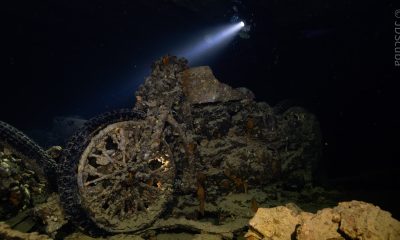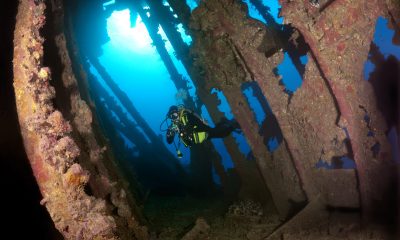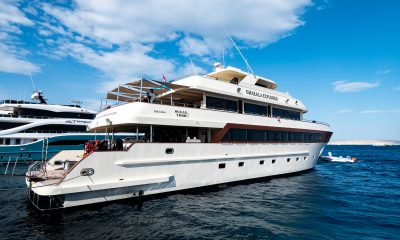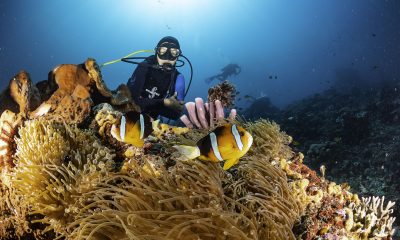News
Holidays beneath the waves inspired by the BBC’s new Blue Planet II series
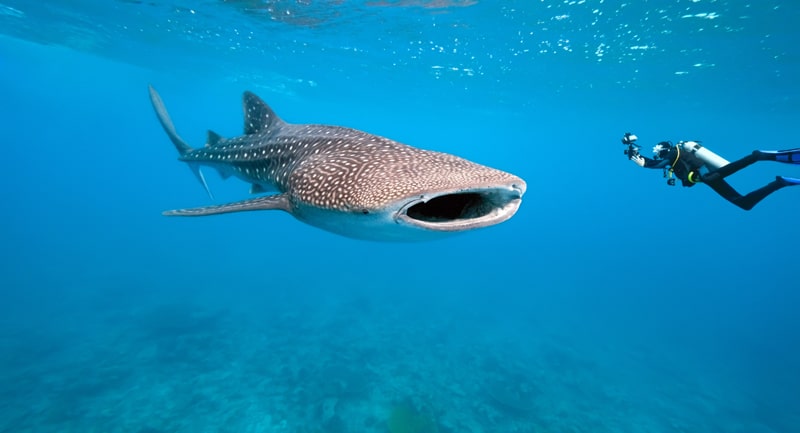
Some 16 years after the ground-breaking first series hit our screens, the BBC’s Blue Planet is set to return this autumn. Once again hosted by Sir David Attenborough, the new seven-part series will reveal further mysteries of the world’s oceans and the fascinating, and sometimes bizarre, creatures that inhabit them. For those inspired by the programme, leading tour operator Dive Worldwide offers a ‘shoal’ of trips to locations featured in the show, allowing viewers the chance to replicate the action they see on screen.
Blue Planet II breaks barriers in the world of wildlife filming. From capturing erupting underwater volcanoes in the Gulf of Mexico to the depths of the Antarctic Ocean, and using new technology such as suction cameras on the back of orcas and whale sharks, this is an immersive series, and one that is sure to top the 12 million viewers of the original series, back in 2001.
As featured in Blue Planet II…
Dolphins in South Africa
Sure to be one of the series’ iconic sequences is the incredible footage of dolphins surfing in South Africa. For those looking to spend time with these intelligent animals in the Rainbow Nation, there isn’t a finer trip than the Sardine Run Adventure. Each June a shoal of millions of sardines migrate down the KwaZulu Natal coastline, prompting the greatest feeding frenzy on earth, with dolphins, sharks, orcas and whales all after a slice of the action. Guests spend five days following the shoal and diving and snorkelling with its plethora of wildlife.
Price: from £2,675pp sharing including return international flights, all transfers, seven nights’ B&B accommodation, two dives at Aliwal Shoal and five days’ Sardine Run Action.
Whale Sharks in the Galapagos
Blue Planet II will use suction cameras attached to the back of whale sharks to offer amazing creature-eye-view footage, never seen before on television. To experience this same viewpoint first hand, dive with whale sharks on a Galapagos Liveaboard. Whale sharks are frequent visitors to the archipelago, typically visiting between June and December and, as was recently discovered, often while pregnant. Other species to spot include schools of hammerhead and silky sharks and manta rays.
Price: from £5,745pp sharing including 1 night in Guayaquil, 7 nights’ liveaboard accommodation, all meals, up to 20 dives, transfers and return flights from the UK.
Giant Cuttlefish in South Australia
Film-makers captured giant cuttlefish in Australia gathering in their thousands for their annual mating aggregation. For those looking to witness these curious creatures first hand, it is best to head to South Australia. Joining an extended liveaboard expedition beginning on the Neptune Islands, divers will experience the thrill of a cage dive with great white sharks, see sea dragons and sea lions along the leafy coastline, and at the upper Spencer’s Gulf see the amazing giant cuttlefish themselves, in what is one of nature’s most flamboyant mating ceremonies.
Price: from £3,435pp sharing, including 9 nights’ FB liveaboard accommodation, 9 days’ diving with tanks and weights and transfers. Voyage only. Flights extra.
Unusual Octopuses
The new series features incredible footage showing the sophisticated hunting techniques of the reef octopus and, for fans of the weird and wonderful, Indonesia’s Lembeh Strait is the jewel in the diving crown. On the Walls, Schools & Critters itinerary, guests will spend a week each in Bunaken and Lembeh, enjoying up to three dives per day.
Price: from £2,975pp sharing, including 14 nights’ FB accommodation, 12 days of diving, tanks and weights, transfers and return flights from the UK.
Sperm Whales and their Calves
Viewers inspired by the series’ sperm whale and her calf should head to Dominica. This Caribbean island is the only country in the world where sperm whales can be seen all year round, as the juveniles and females do not migrate. On the Discover Dominica trip, guests will combine whale watching with diving and dip beneath the waves at the spectacular Champagne Reef. There’s also the chance to head inland and hike to waterfalls and a boiling lake, to appreciate why Dominica is known as the ‘Nature Island’.
Price: from £1,795pp based on 2 sharing, including 7 nights’ B&B accommodation, 5 days of activities, transfers and return flights from the UK.
The Depths of Antarctica
Filmed using manned submersibles, the Antarctica episode focuses on the deep oceans surrounding the White Continent. For adventures closer to the surface the Classic Antarctica trip offers diving in the icy water, kayaking around Wienche Island and wildlife watching of the continent’s penguins and whales, among other wildlife. Staying aboard a specially-designed polar vessel, guests will enjoy talks from a knowledgeable naturalist each evening bringing the continent’s wildlife to life. Price: from £5,695pp sharing, including 10 nights’ FB liveaboard accommodation, shore excursions, activities and talks by naturalists. Voyage only, flights extra.
For further information contact Dive Worldwide (diveworldwide.com, 01962 302 087).
Gear News
Scubapro Free Octopus Promotion 2024
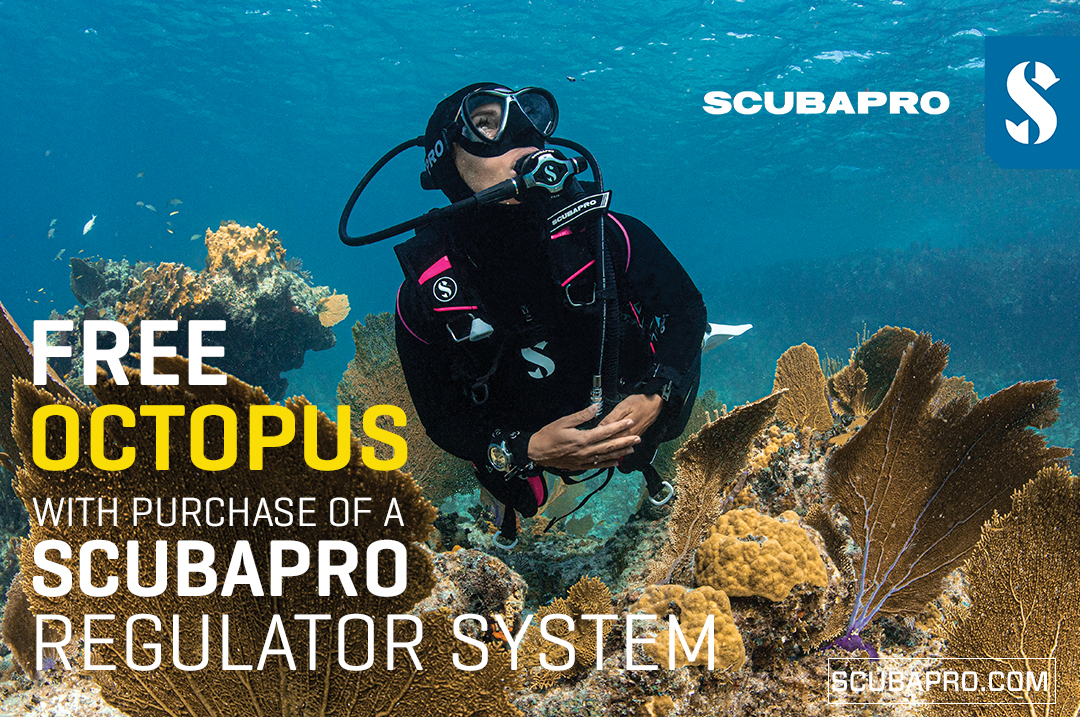
Free Octopus with every purchase of a SCUBAPRO regulator system
Just in time for the spring season, divers can save money with the FREE OCTOPUS SPRING PROMOTION! Until July 31st SCUBAPRO offers an Octopus for free
with every purchase of a regulator system!
Get a free S270 OCTOPUS with purchase of these combinations:
MK25 EVO or MK19 EVO with A700
MK25 EVO or MK19 EVO with S620Ti
MK25 EVO or MK19 EVO with D420
MK25 EVO Din mit S620Ti-X
Get a free R105 OCTOPUS with purchase of the following combinations:
MK25 EVO or MK19 EVO with G260
MK25 EVO or MK17 EVO with S600
SCUBAPRO offers a 30-year first owner warranty on all regulators, with a revision period of two years or 100 dives. All SCUBAPRO regulators are of course certified according to the new European test standard EN250-2014.
Available at participating SCUBAPRO dealers. Promotion may not be available in all regions. Find an authorized SCUBAPRO Dealer at scubapro.com.
More information available on www.scubapro.com.
Blogs
Northern Red Sea Reefs and Wrecks Trip Report, Part 3: The Mighty Thistlegorm
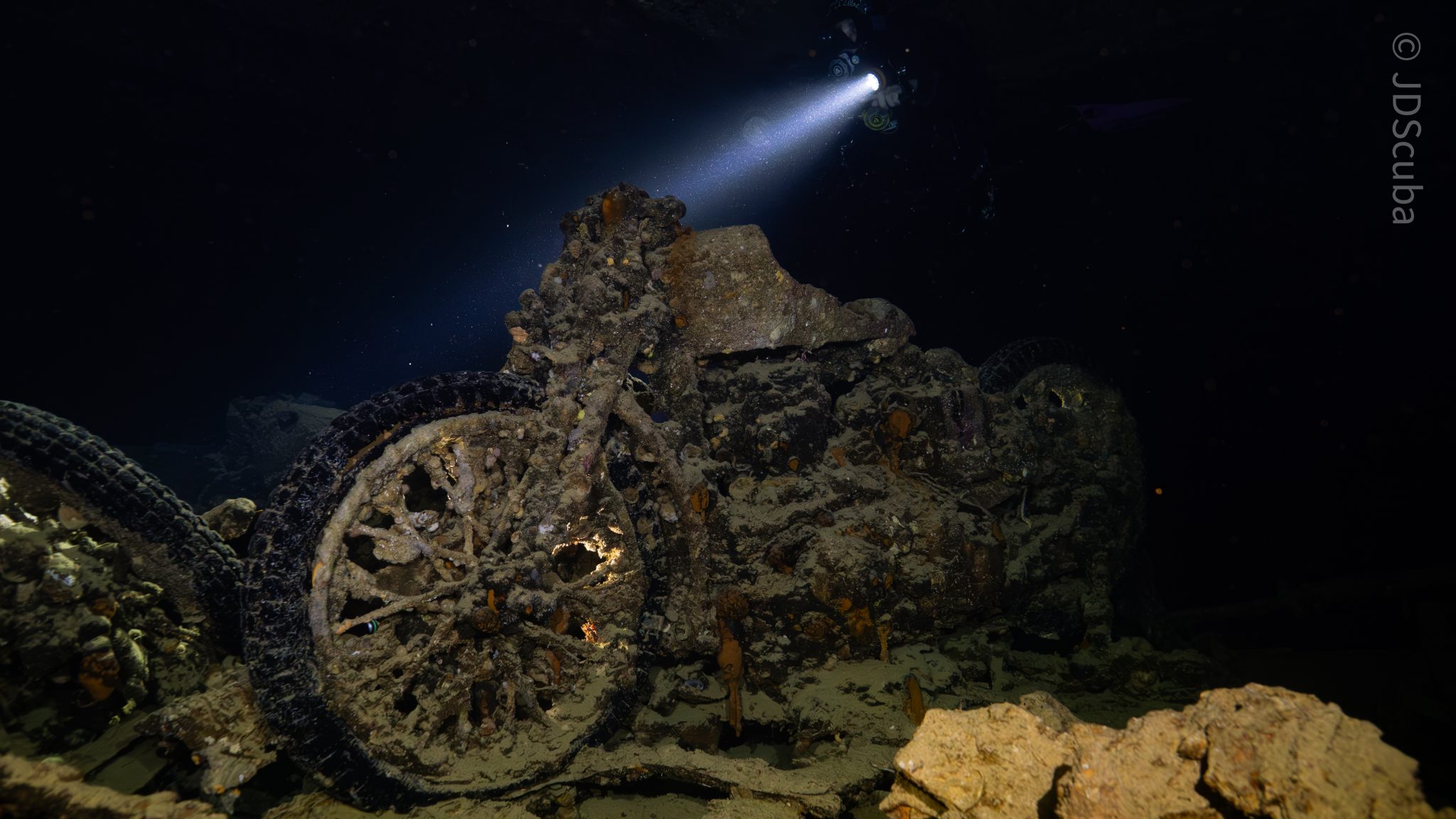
Jake Davies boards Ghazala Explorer for an unforgettable Red Sea diving experience…
Overnight, the wind picked up, making the planned morning dive a bit bumpy on the Zodiacs to the drop point on Thomas Reef. There, we would dive along the reef before descending through the canyon and then passing under the arch before ascending the wall with a gentle drift. The site provided great encounters with more pelagic species, including shoals of large barracuda, tuna, and bigeye trevally.
Once back on the boat, it was time to get everything tied down again as we would head back south. This time, with the wind behind us, heading to Ras Mohammed to dive Jackfish Alley for another great gentle drift wall dive before then heading up the coast towards the Gulf of Suez to moor up at the wreck of the Thistlegorm. This being the highlight wreck dive of the trip and for many onboard, including myself, it was the first time diving this iconic wreck. I had heard so much about the wreck from friends, and globally, this is a must on any diver’s list. Fortunately for us, there was only one other boat at the site, which was a rarity. A great briefing was delivered by Ahmed, who provided a detailed background about the wreck’s history along with all the required safety information as the currents and visibility at the site can be variable.
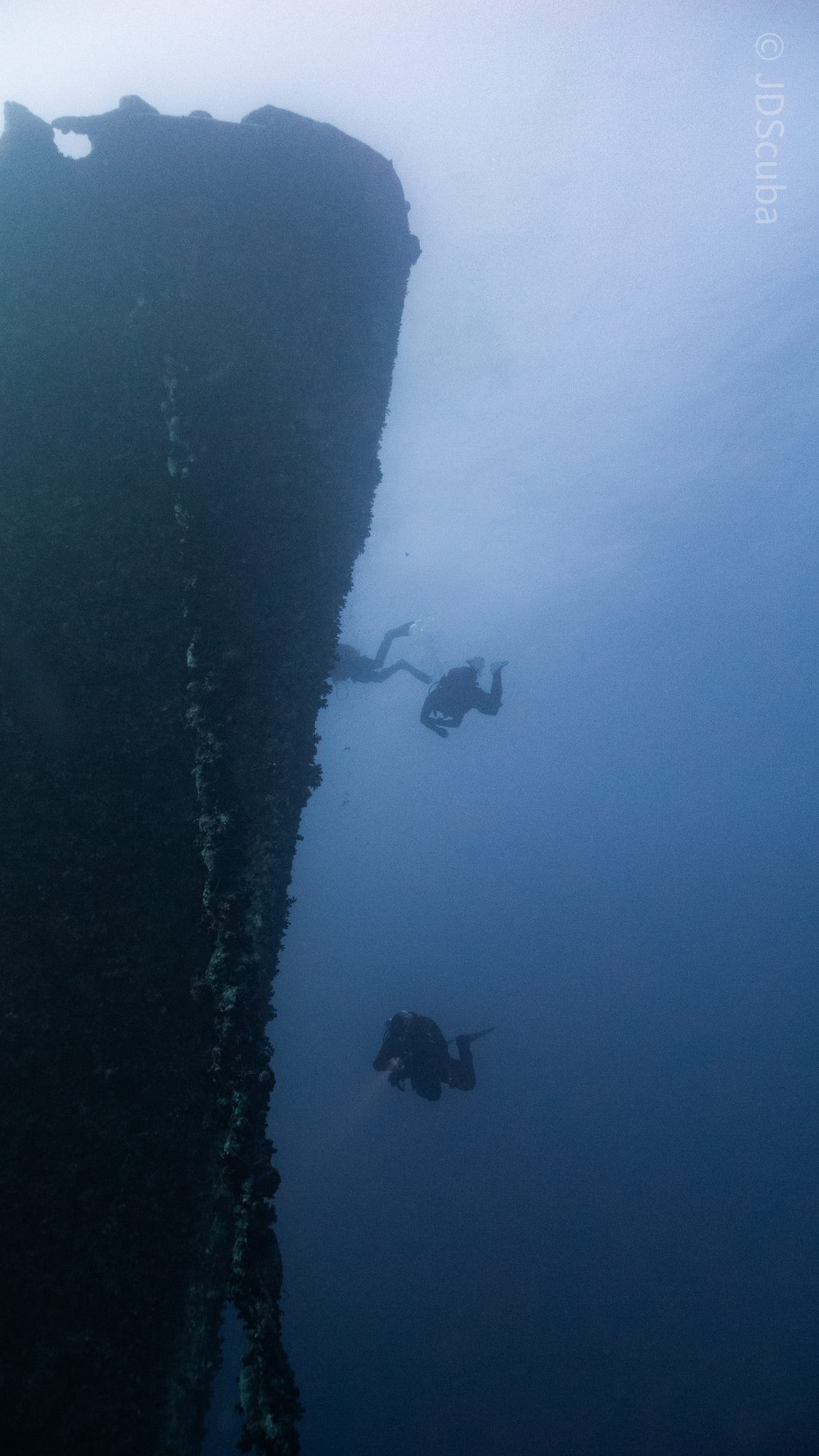
Kitting up, there was a lot of excitement on deck before entering the water and heading down the shoreline. Descending to the wreck, there was a light northerly current which reduced the visibility, making it feel more like the conditions that can be found off the Welsh coast. At 10m from the bottom, the outline of the wreck appeared as we reached the area of the wreck which had been bombed, as our mooring line was attached to part of the propeller shaft. Arriving on deck, instantly everywhere you looked there were many of the supplies which the ship was carrying, including Bren Carrier tanks and projectiles that instantly stood out.
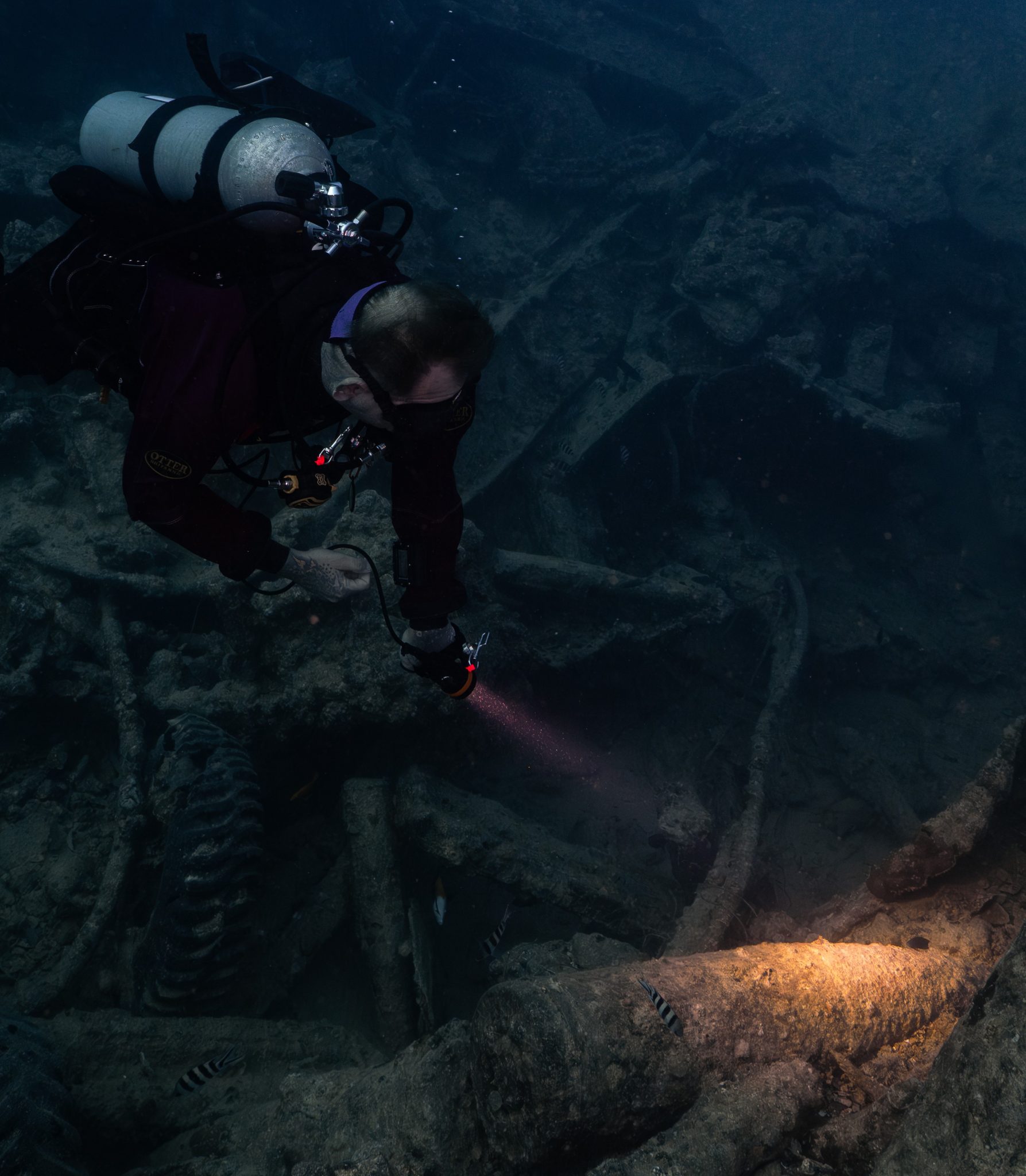
We headed around the exterior, taking a look at the large propeller and guns mounted on deck before entering the wreck on the port side to take a look in the holds. It was incredible to see all the trucks, Norton 16H, and BSA motorcycles still perfectly stacked within, providing a real snapshot in time.

Overall, we had four dives on the Thistlegorm, where for all of the dives we were the only group in the water, and at times, there were just three of us on the whole wreck, which made it even more special, especially knowing that most days the wreck has hundreds of divers. Along with the history of the wreck, there was plenty of marine life on the wreck and around, from big green turtles to batfish, along with shoals of mackerel being hunted by trevally. Some unforgettable dives.
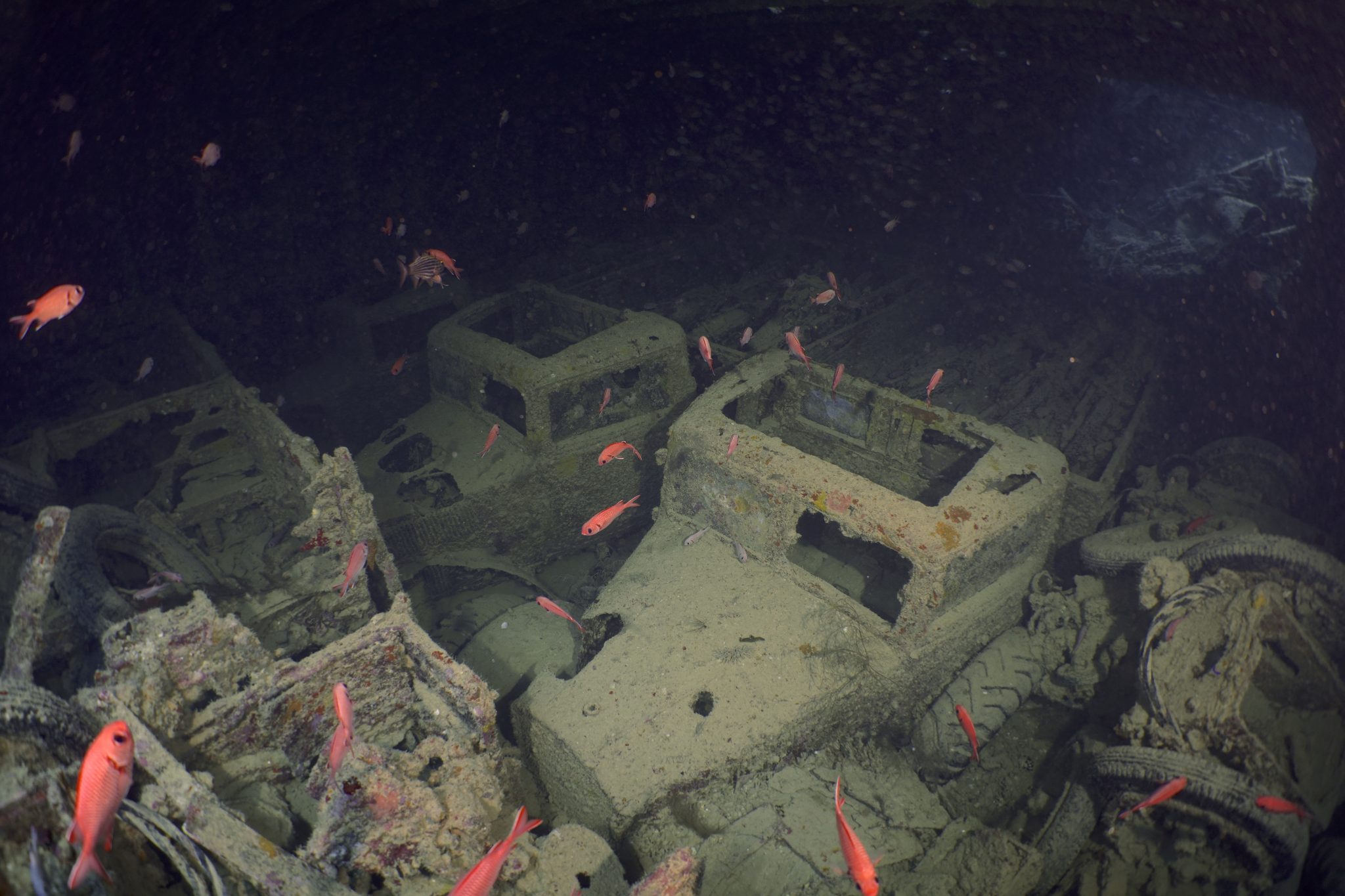
The final leg of the trip saw us cross back over the Suez Canal to the Gobal Islands where we planned to stay the night and do three dives at the Dolphin House for the potential of sharing the dive with dolphins. The site, which included a channel that was teeming with reef fish, especially large numbers of goatfish that swam in large shoals along the edge of the reef. These were nice relaxing dives to end the week. Unfortunately, the dolphins didn’t show up, which was okay as like all marine life they are difficult to predict and you can’t guarantee what’s going to be seen. With the last dive complete, we headed back to port for the final night where it was time to clean all the kit and pack before the departure flight the next day.
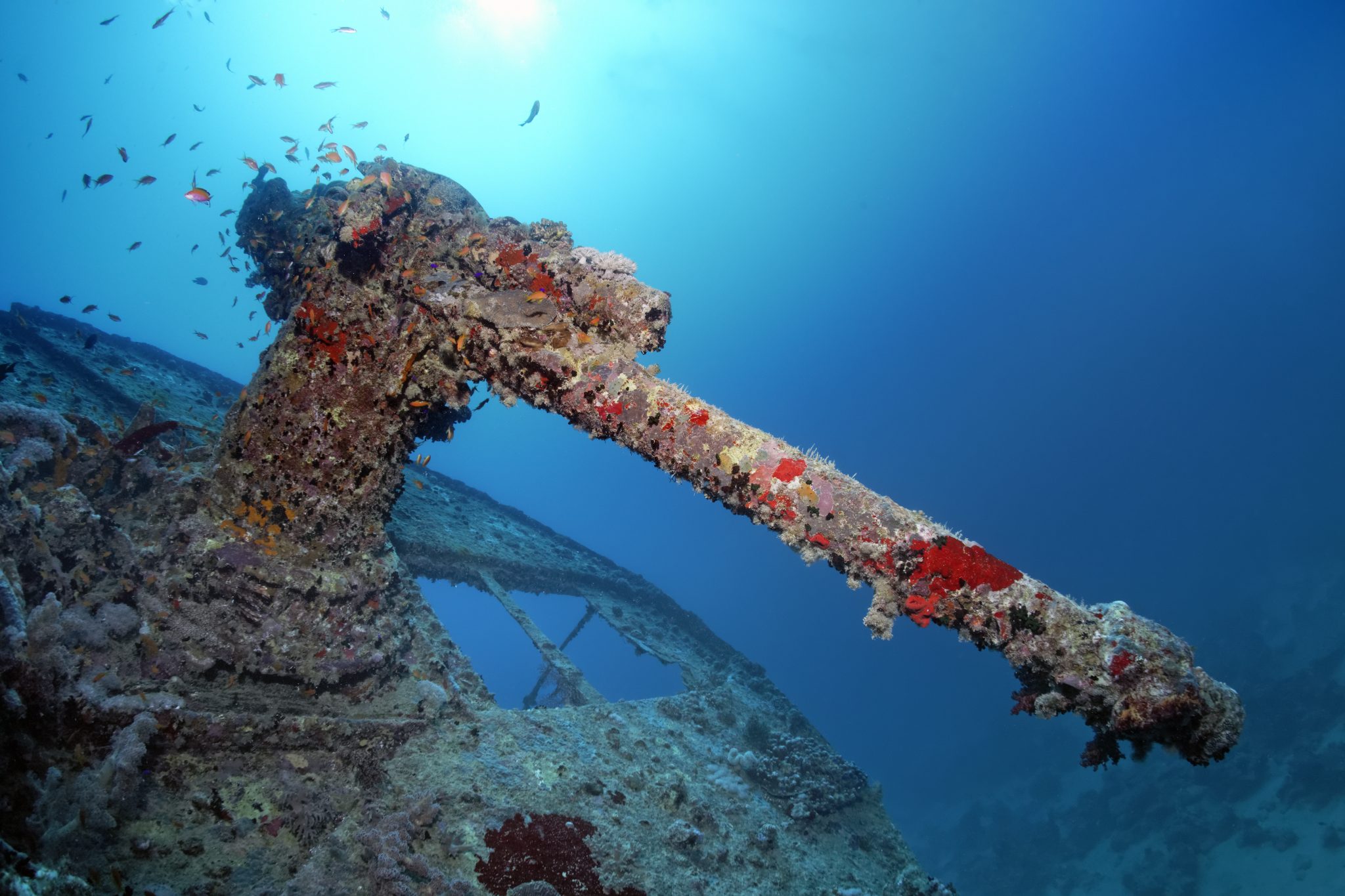
The whole week from start to finish on Ghazala Explorer was amazing; the boat had all the facilities you need for a comfortable week aboard. The crew were always there to help throughout the day and the chefs providing top quality food which was required after every dive. The itinerary providing some of the best diving with a nice mixture of wreck and reef dives. I would recommend the trip to anyone, whether it’s your first Red Sea liveaboard in the Red Sea or you’re revisiting. Hopefully, it’s not too long before I head back to explore more of the Red Sea onboard Ghazala Explorer.
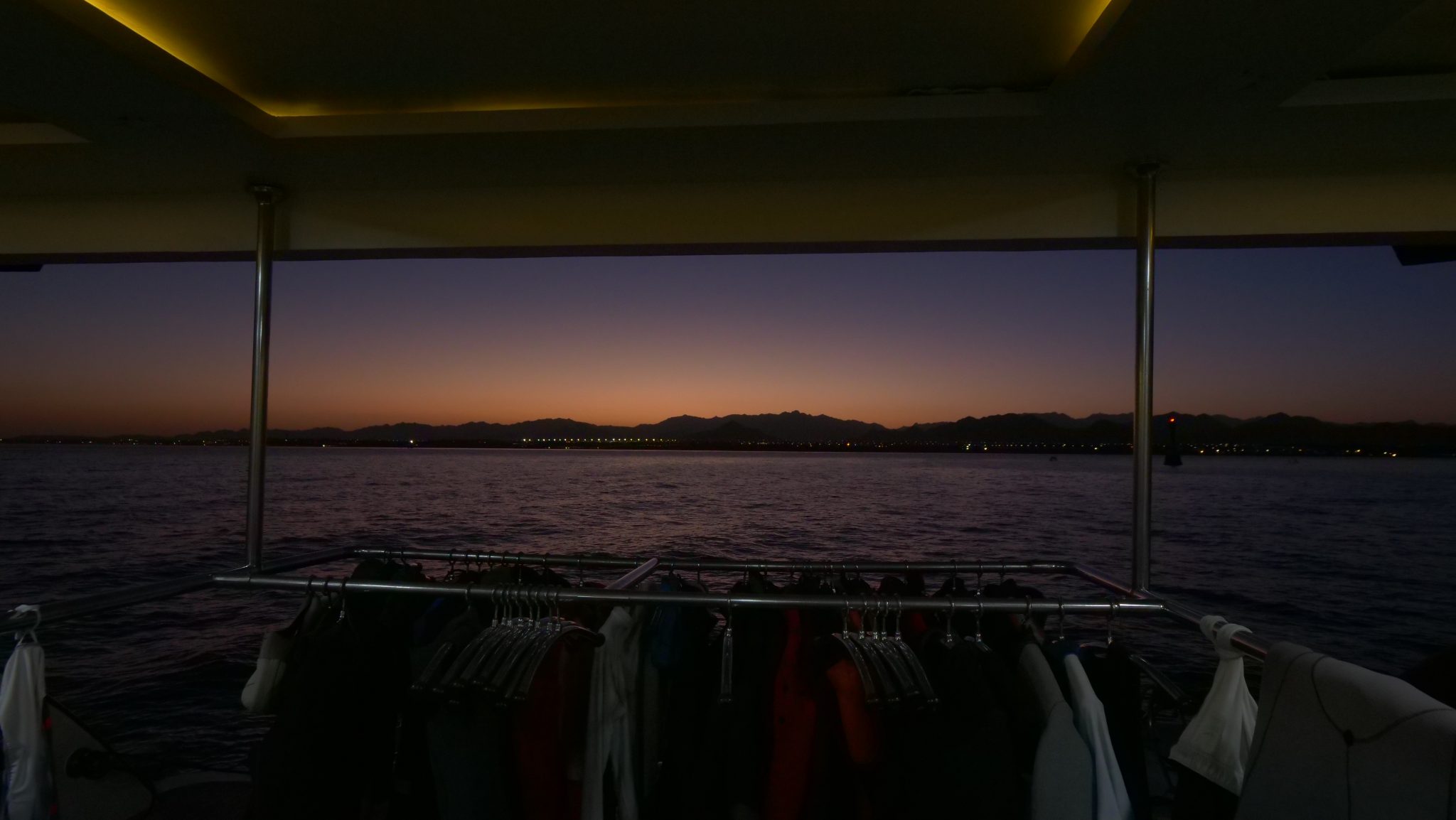
To find out more about the Northern Red Sea reef and wrecks itineraries aboard Ghazala Explorer, or to book, contact Scuba Travel now:
Email: dive@scubatravel.com
Tel: +44 (0)1483 411590
Photos: Jake Davies / Avalon.Red
-
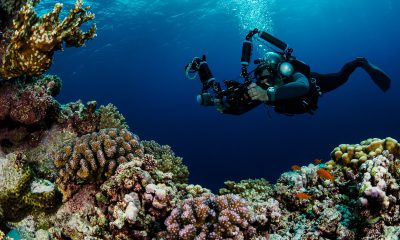
 News3 months ago
News3 months agoHone your underwater photography skills with Alphamarine Photography at Red Sea Diving Safari in March
-
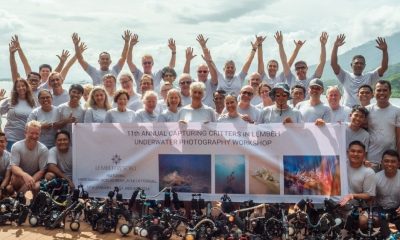
 News3 months ago
News3 months agoCapturing Critters in Lembeh Underwater Photography Workshop 2024: Event Roundup
-
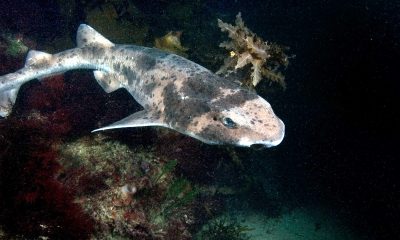
 Marine Life & Conservation Blogs2 months ago
Marine Life & Conservation Blogs2 months agoCreature Feature: Swell Sharks
-

 Blogs2 months ago
Blogs2 months agoMurex Resorts: Passport to Paradise!
-
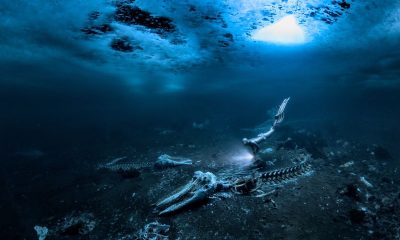
 Blogs2 months ago
Blogs2 months agoDiver Discovering Whale Skeletons Beneath Ice Judged World’s Best Underwater Photograph
-
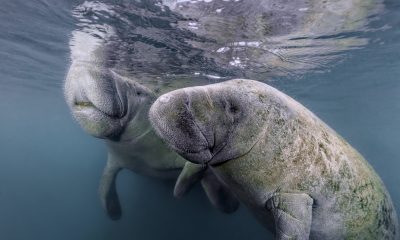
 Marine Life & Conservation2 months ago
Marine Life & Conservation2 months agoSave the Manatee Club launches brand new webcams at Silver Springs State Park, Florida
-
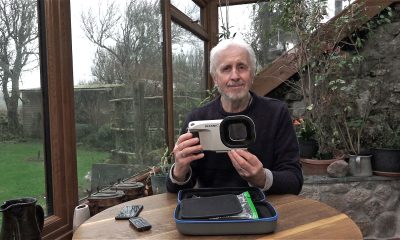
 Gear Reviews3 months ago
Gear Reviews3 months agoGear Review: Oceanic+ Dive Housing for iPhone
-
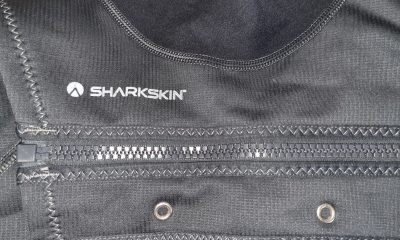
 Gear Reviews2 weeks ago
Gear Reviews2 weeks agoGEAR REVIEW – Revolutionising Diving Comfort: The Sharkskin T2 Chillproof Suit



